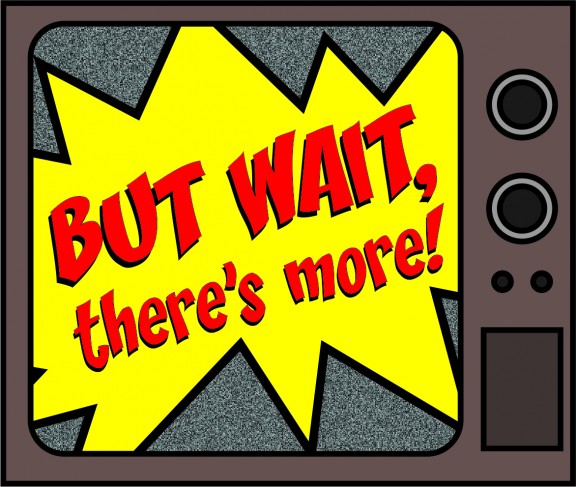1) Use surgical precision. Know who your prospective customers are so that you can concentrate on stopping them in their tracks with your headline. Determine which words and themes appeal to your target right now; what is he thinking about? Wondering about? Worried about?
Headlines really serve a single purpose: they use words to get your advertisement read.
Advertising forefather Claude Hopkins, in his legendary work Scientific Advertising, further explains:
“The advertisement is read only by interested people who, by their own volition, study what we have to say. The purpose of a headline is to pick out people who you can interest……what you have will interest only certain people and for certain reasons. You care only for those people, so create a headline which will hail those people only!”
A headline must not “cast too wide a net.” There is no way to appeal to everyone without decimating the strength specificity creates in capturing your target. The attempt gain everyone’s eyes is an error that is all too prevalent in advertising today. The headline will only appeal to people who are interested in the product or service offered. Readers will not waste any time investigating an ad that isn’t selling something that pertains to him. Men don’t generally care much for tampon headlines…
Keep in mind that YOU are reading this article for a reason. Most of the people surfing the web will never read this article.
2) Go for the heart! Almost any expert (and anyone who is genuinely honest about their own purchasing patterns) will admit that people base their buying decisions more on emotion than logic. Shoppers buy what they want, and use reason to justify their choices. The most powerful purchase-driving emotions include Fear, Greed, and the Desire for Love and Prestige.
3) Focus on the Customer. The headline should be more about how the customer will benefit from the product or service than about the thing itself. As the old sayings go, “People don’t buy drills because they want drills, but because they want holes,” and “Don’t sell the steak, sell the sizzle.” Readers care about what you offer only insofar as they care about what they get out of it. Construct your headline with this in mind
4) Avoid hype. You will lose credibility if you rely on it. There are far too many superlatives and big promises that don’t reflect reality. “Super Awesome Cogs” sounds great, but that headline doesn’t convey any meaning to the reader, other than a setup for disappointment (which the he will protect himself from at all costs.) “New Cog DOUBLES Your Car’s Gas Mileage” better describes what the product does without resorting to hype.
5) People hate to be sold. They love to buy, though. If you can show your audience how to get something that they already want or know they need in a way that is easier, cheaper, or better in some other way, your advertisement will produce good results. Trying to convince a reader that they need something they know nothing about is a losing endeavor. Don’t fight against your target; go along with him. Help him get what he wants.
If the ad is for something that may be unfamiliar, the headline will have to appeal to a need or desire that the reader is familiar with.
6) Test Rigorously. Try different headlines. There is no need to guess at what will work. Find out with certainty by testing different word usage, benefit presentation, etc. This is a good rule in general, as each market will respond uniquely to different parts of your advertising.
7) Consult the masters. Advertising writers and marketers find instruction as well as inspiration from successful advertisements put together by others. Copies of headlines and body copy are often kept in “swipe files” for future reference. What worked well for others has a good chance of working for you.
The other aspect of learning the art of headline writing is studying classic works on the subject. From legends of the past such as Hopkins, John Caples and Robert Collier to contemporary pros like Clayton Makepeace and John Carlton, there are many lessons to learn. Discover the secrets of advertisers that have produced millions of dollars in sales. Continuing your marketing education will always be profitable, especially for a beginner.
This is by no means an exhaustive list of headline-writing guidelines, but following these seven tips is essential if you want to reap the benefits of effective advertising.


